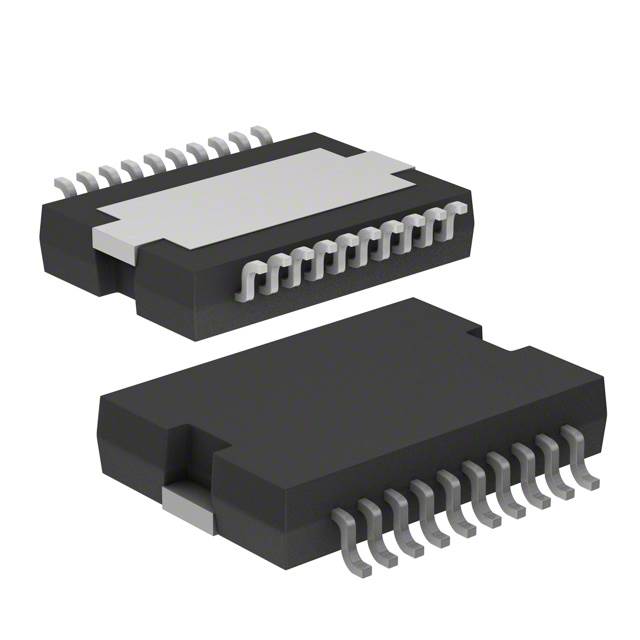What is L298P?
The L298P is a dual full-bridge motor driver IC from STMicroelectronics, ideal for controlling DC motors and stepper motors in various applications. It is commonly used in automotive, industrial, and robotics projects for its robustness and versatility in motor control applications.

Key Features:
- Dual Full-Bridge Configuration: Capable of driving two DC motors independently or one stepper motor, enabling bi-directional control.
- Wide Voltage Range: Supports operating voltages from 4.5V to 46V, compatible with various power sources.
- High Current Capacity: Delivers up to 2A per channel continuously, with a peak current of 4A per channel for short periods, allowing control of medium-power motors.
- PWM Control Support: Enables efficient speed and torque control via Pulse Width Modulation (PWM) signals.
- Built-in Protection: Includes thermal shutdown and current regulation to protect against over-temperature and overload conditions.
Applications:
- Robotics: Ideal for robotic arms, mobile robots, and motorized platforms that require precise motor control.
- Automotive: Commonly used in power windows, mirrors, and door-lock systems due to its reliable bi-directional motor control.
- Industrial Automation: Suitable for conveyor belts, automatic gates, and other systems requiring dual motor control.
The L298P is a robust, efficient motor driver IC suitable for medium-power applications, offering dependable motor control capabilities in a wide range of operating environments. Its ease of use and integrated protections make it a preferred choice for both commercial and DIY motor control projects.
Search List Page:L298P Parts Search Page | Datasheet PDF | Price | Quantity-MobikeChip
Reprinted from: https://www.mobikechip.com/static-product-faq-detail/221.html
previous article:
What is TP4054?next article:
What is L293B?➡️Parts
Comments
Post a Comment